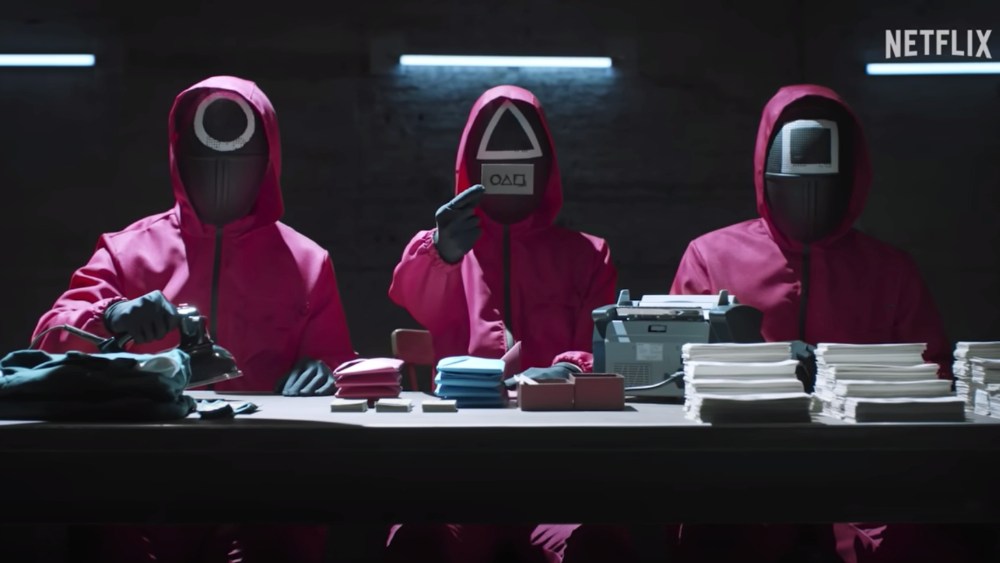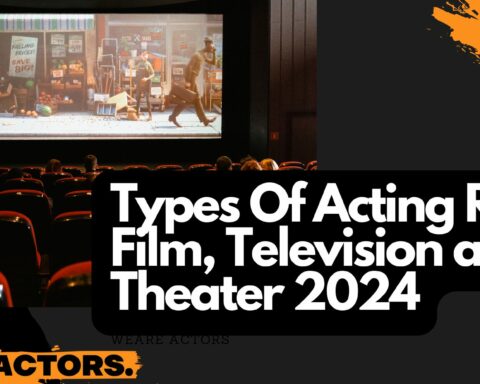
What is the Bechdel Test?
Origin and History
So, what’s the buzz about the Bechdel Test? Originating from a 1985 comic strip by Alison Bechdel, this test has evolved into a cultural barometer for gender representation in movies and storytelling. Bechdel’s comic, “Dykes to Watch Out For,” featured a character who only watched a movie if it met certain criteria. This seemingly casual conversation sparked a revolution in how we evaluate media. Intriguing, isn’t it?
If you’re scratching your head, don’t worry—you’re not alone. In its simplest form, the Bechdel Test is a straightforward, three-criteria evaluation used to gauge the representation of women in movies and other forms of storytelling. Sounds simple, right? But oh boy, the implications are far-reaching!
The Three Pillars of the Bechdel Test
Two Named Female Characters:
First off, the story must have at least two named female characters. No, “Girl #1” and “Woman in the Crowd” don’t count! The characters must have actual names
A Conversation:
These characters must have a conversation with each other.
About Something Other Than a Man:
The conversation should be about something other than a man. It could be about the weather, existential dread, or even the latest iPhone model—just not about a guy!
Why Does the Bechdel Test Matter?
Social Implications
Ever wondered why the Bechdel Test has become such a hot topic? Well, it’s not just about movies; it’s a mirror reflecting society’s gender biases. When a film passes the Bechdel Test, it’s not just ticking boxes; it’s challenging age-old stereotypes. It’s saying, “Hey, women have lives, conversations, and ambitions that don’t revolve around men!” Mind-blowing, right?
Representation in Media
The Bechdel Test also shines a spotlight on the glaring gaps in media representation. If you think about it, how many movies have you seen where women are the heroes, the decision-makers, or even just regular people having regular conversations? Not many, I bet. The Bechdel Test is a wake-up call for storytellers to diversify their narratives.
Common Misconceptions
Not a Measure of Feminism
Passing the Bechdel Test doesn’t stamp a movie as a feminist manifesto. It’s a basic measure of gender representation, not an in-depth analysis of feminist themes. So, don’t get it twisted!
Not an Indicator of Quality
And here’s the kicker: a movie can pass the Bechdel Test and still be a total snooze-fest. Conversely, many cinematic masterpieces fail the test. So, while it’s a useful tool for gauging representation, it’s not a Rotten Tomatoes score. The Bechdel Test is more than a feminist yardstick; it’s a lens through which we can re-evaluate media and, by extension, the world around us.
Movies that Pass and Fail
The Bechdel Test isn’t a pass-or-fail exam for filmmakers, but it does offer a quick snapshot of gender representation. Movies like “Frozen” and “Wonder Woman” pass with flying colors, while classics like “The Godfather” don’t make the cut. Surprised? Let’s dig deeper.
Iconic Movies That Pass
Frozen: This Disney hit not only passes the Bechdel Test but smashes it. Anna and Elsa’s relationship is central to the plot, and they discuss more than just men.
Wonder Woman: Diana and her mother, Hippolyta, have meaningful conversations about duty and destiny, making it a Bechdel-approved film.
Thelma & Louise: A classic that revolves around the friendship between two women, discussing life, freedom, and choices.
Iconic Movies That Fail
The Godfather: Despite its cinematic brilliance, it fails the Bechdel Test. Women are secondary characters who rarely interact with each other.
Lord of the Rings Trilogy: Elves, dwarves, and wizards, but no two named women talking about something other than a man.
Shawshank Redemption: A masterpiece in storytelling but lacks female representation altogether.
So, what’s the takeaway? The Bechdel Test is a starting point, not the end-all-be-all. It’s a tool that helps us think critically about what we’re watching. So, the next time you’re munching on popcorn, maybe give it a thought: does this movie pass the Bechdel Test?
Criticisms and Limitations
Lack of Intersectionality
The Bechdel Test has been groundbreaking in its simplicity, but it’s precisely this simplicity that’s also a drawback. While it does a decent job of highlighting gender disparities in film, it falls short in addressing intersectionality. Where are the conversations about race, sexual orientation, or disability?
Simplistic Nature
The Bechdel Test is straightforward: two women talking about something other than a man. But is that all there is to representation? This test doesn’t account for the depth of characters or the quality of the dialogue. It’s a starting point, but not the finish line.
Alternative Tests for a More Inclusive Lens
Mako Mori Test
If you’re looking for something that digs a bit deeper into character development, the Mako Mori Test might be your jam. It asks whether a female character has her own narrative arc that isn’t about supporting a man’s story.
Vito Russo Test
For those interested in LGBTQ+ representation, the Vito Russo Test steps in. It requires an LGBTQ+ character who is vital to the plot and not solely defined by their sexual orientation.
The Bechdel Test Across Various Genres
Action Movies
In action flicks, the test often fails. Why? Because these movies usually focus on macho heroics, leaving little room for meaningful female dialogue.
Romantic Comedies
Ironically, even romantic comedies, which usually feature women in leading roles, often fail the Bechdel Test. The focus is usually on the romantic pursuit, sidelining other aspects of women’s lives.
Genre-Specific Challenges
Why Some Genres Struggle More Than Others
Ever wondered why horror movies or thrillers often pass the Bechdel Test? It’s because these genres often feature women in survival scenarios, discussing plans or threats. On the flip side, genres like historical dramas often fail due to their focus on male-driven narratives.
The Future of the Bechdel Test: Beyond the Basics
As society evolves, so should the Bechdel Test. New criteria are being discussed to include intersectionality and other forms of representation. After all, shouldn’t the test grow with the times?







